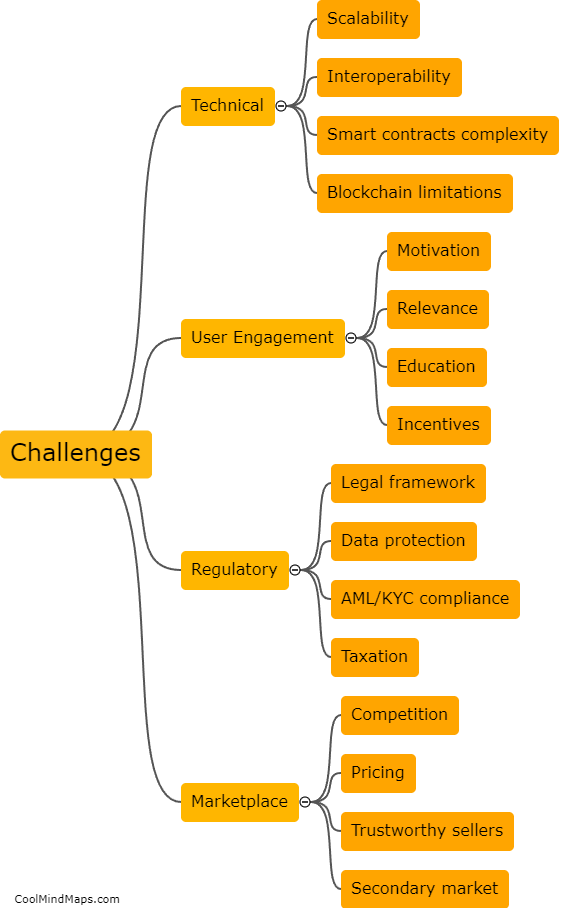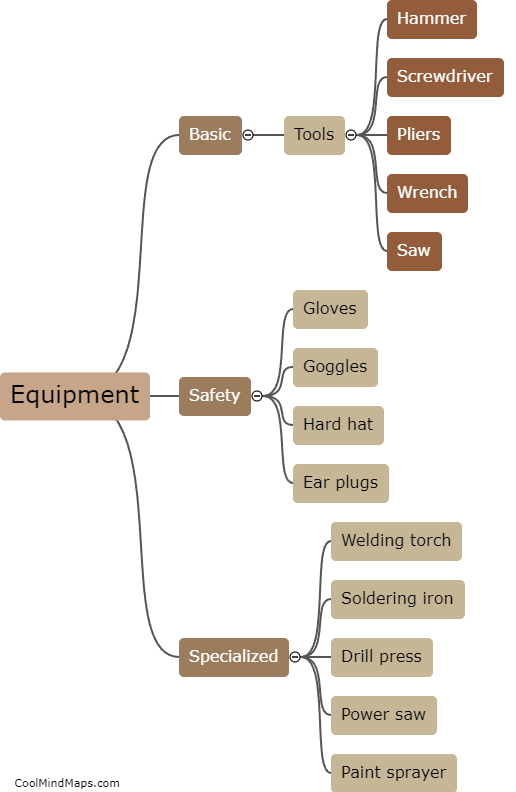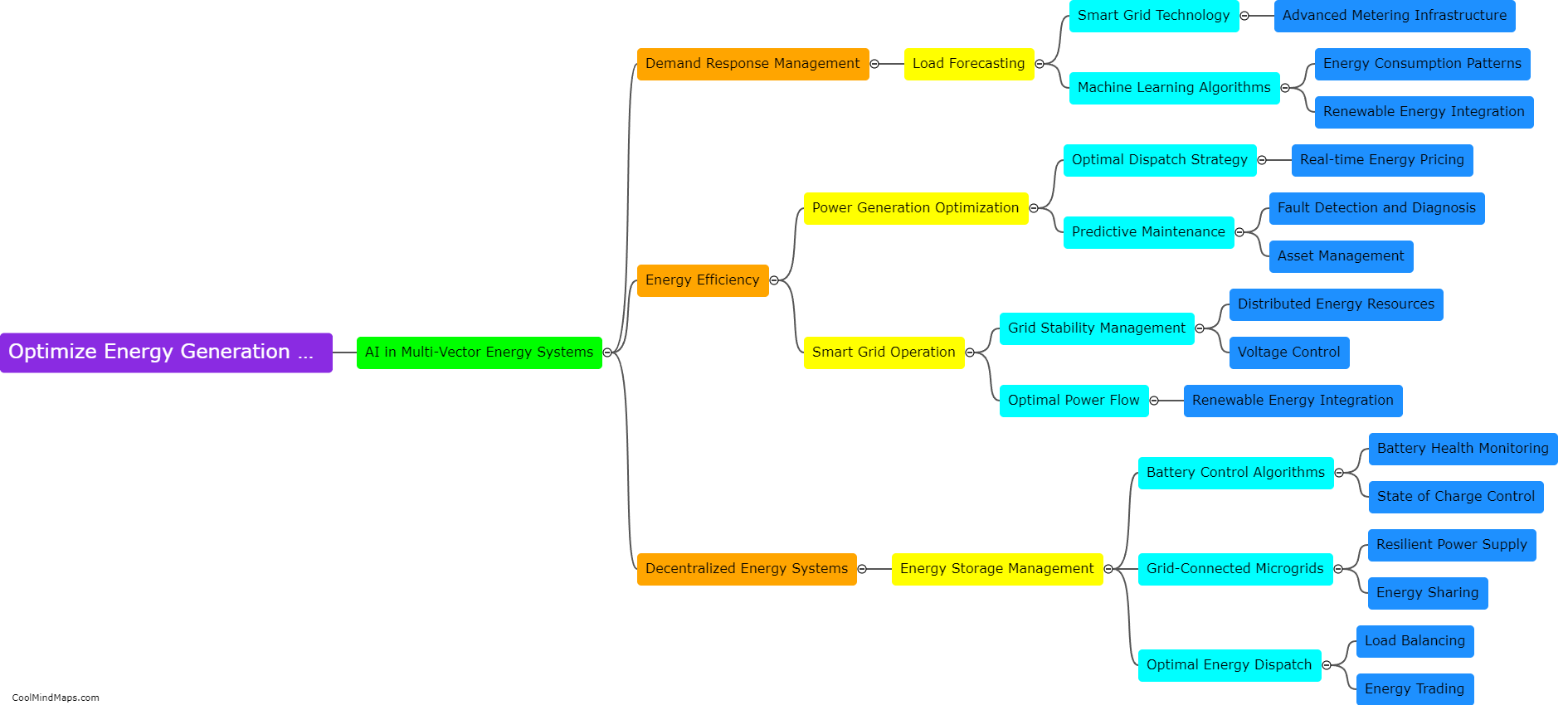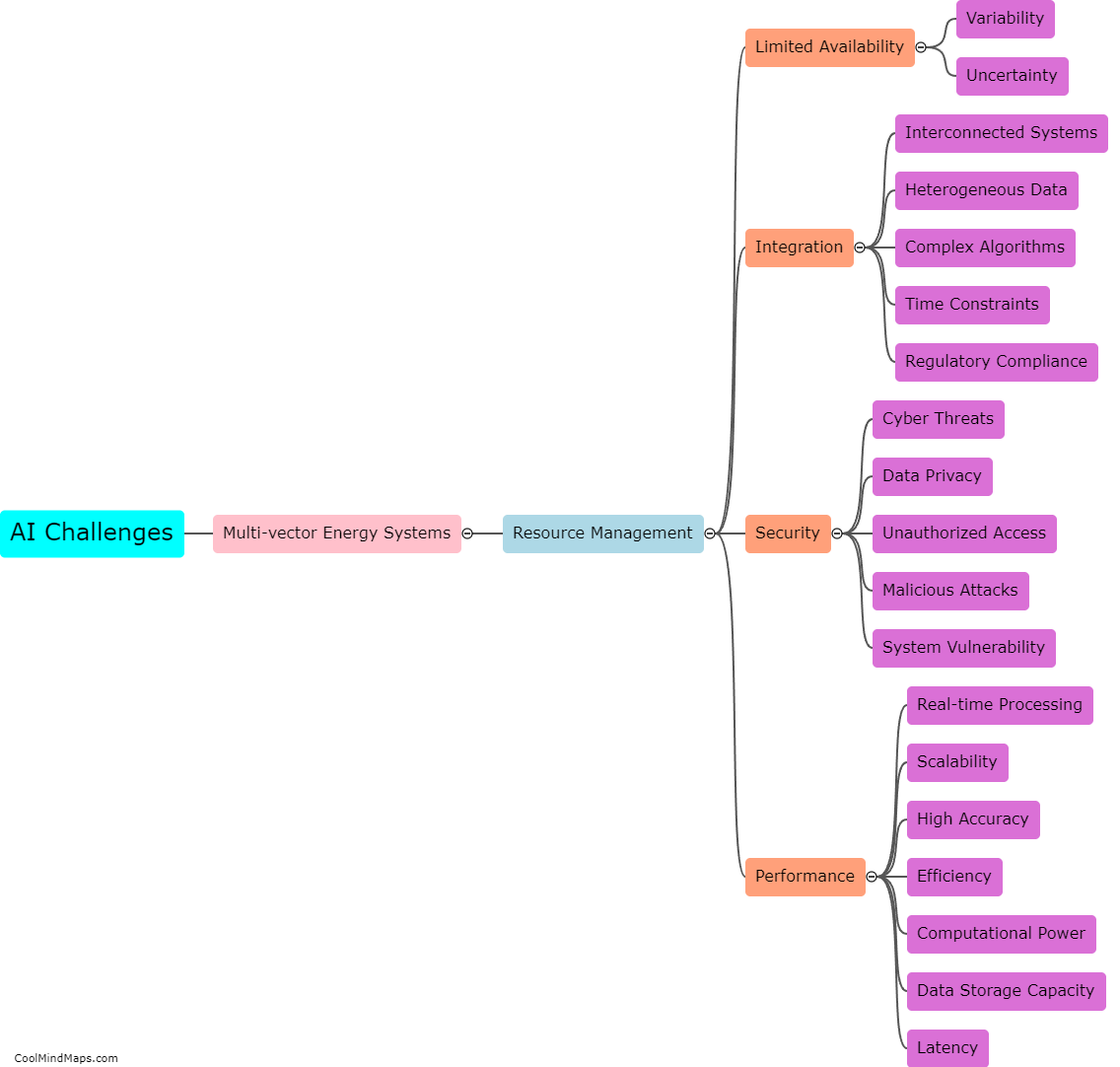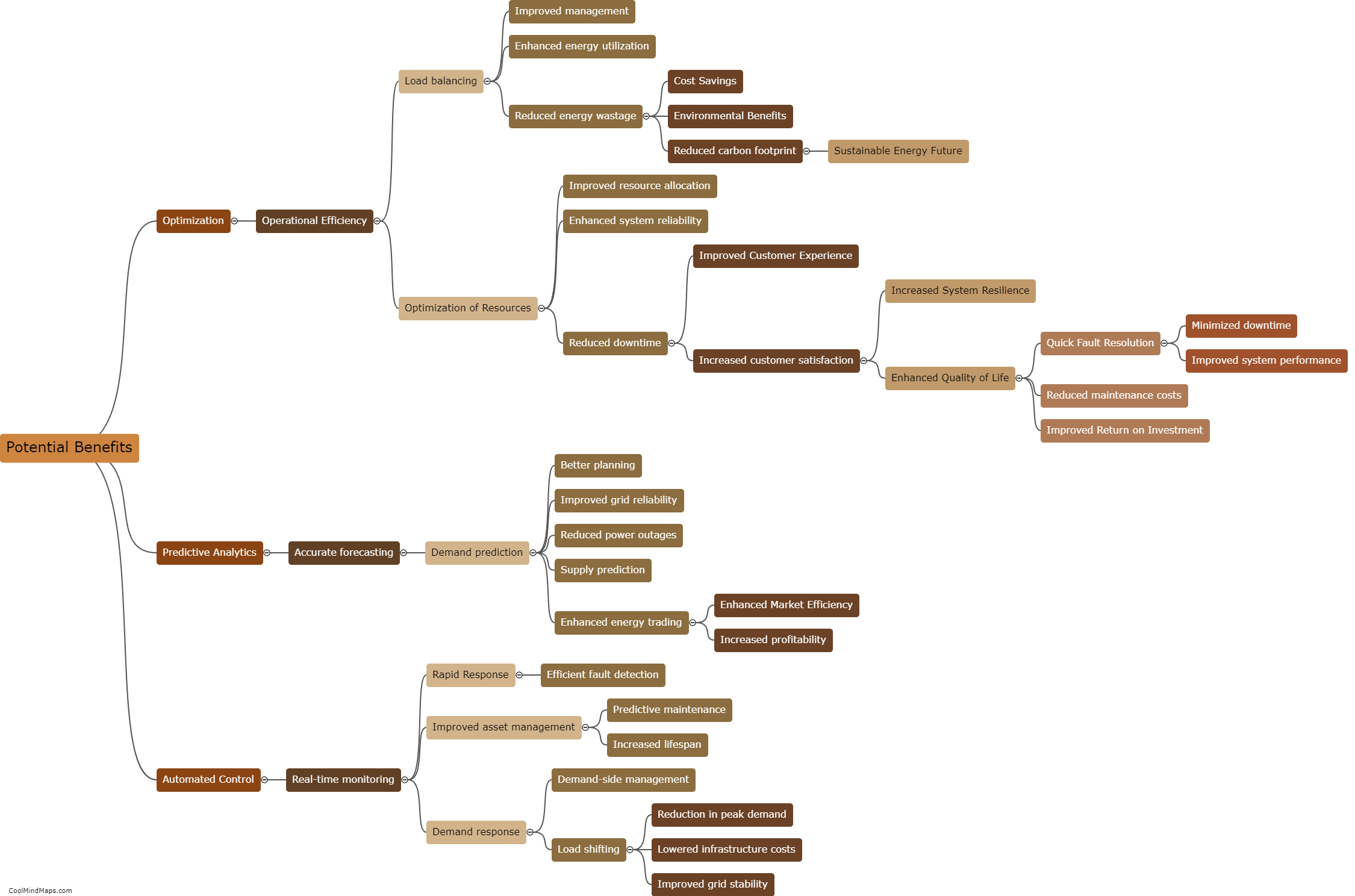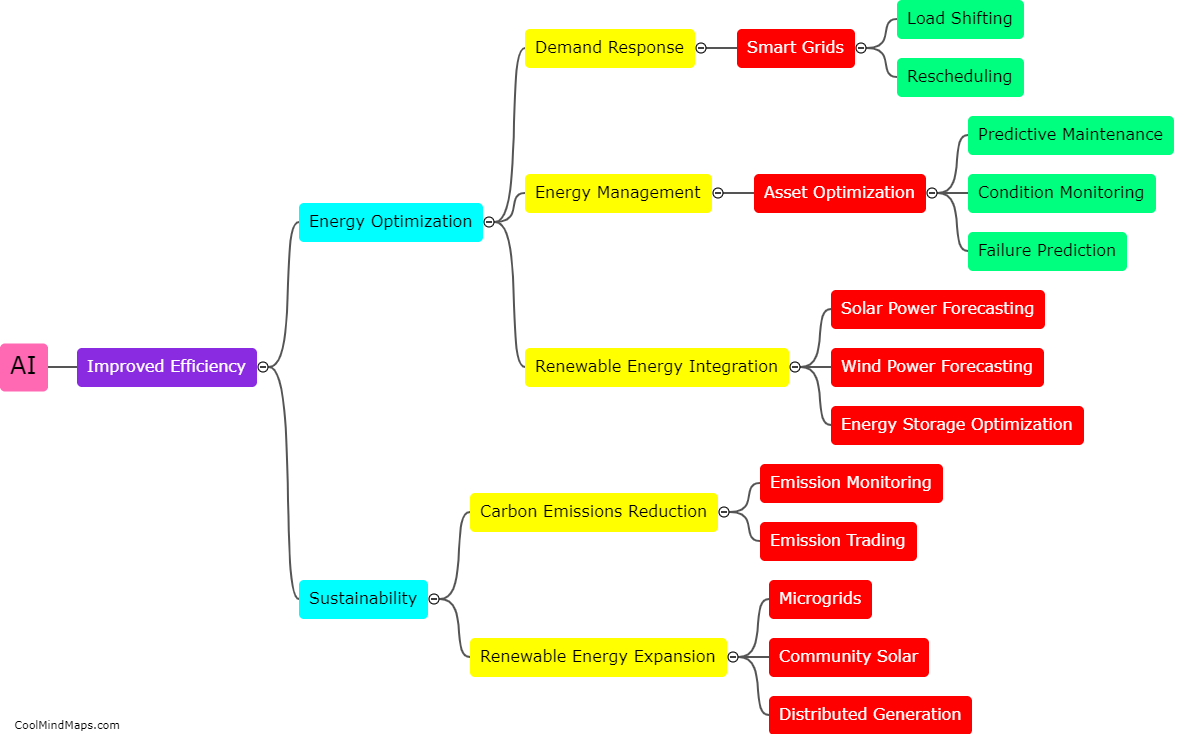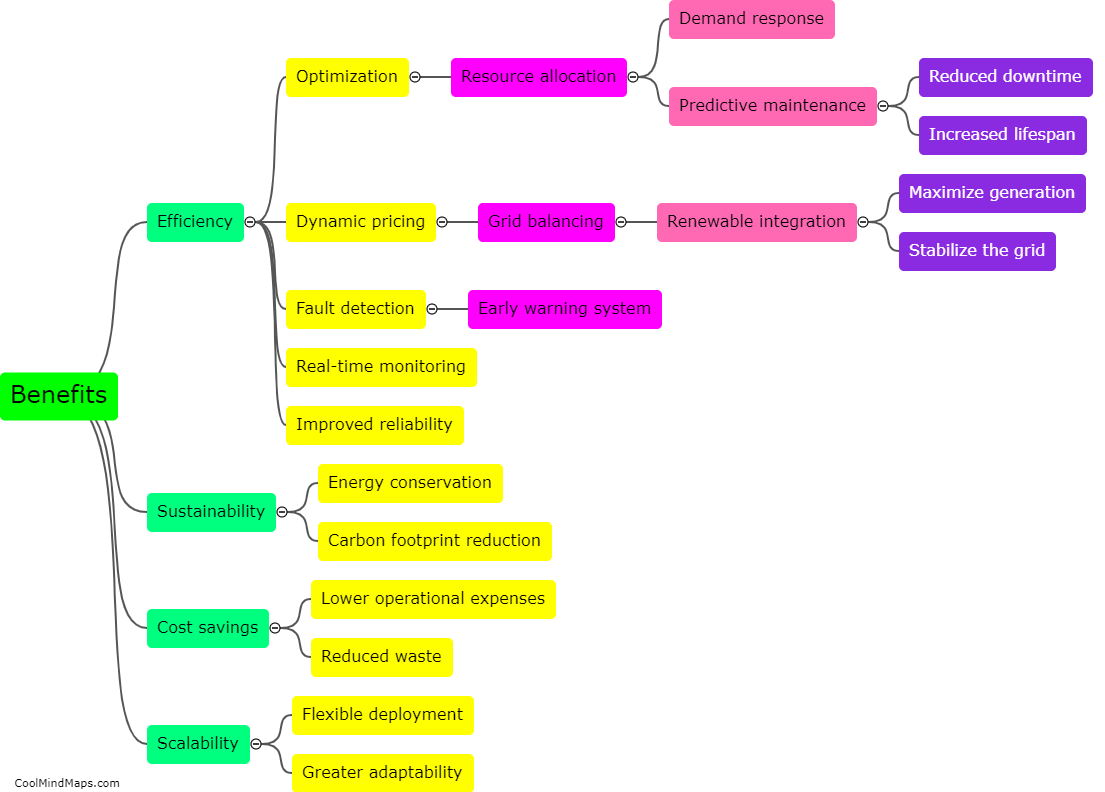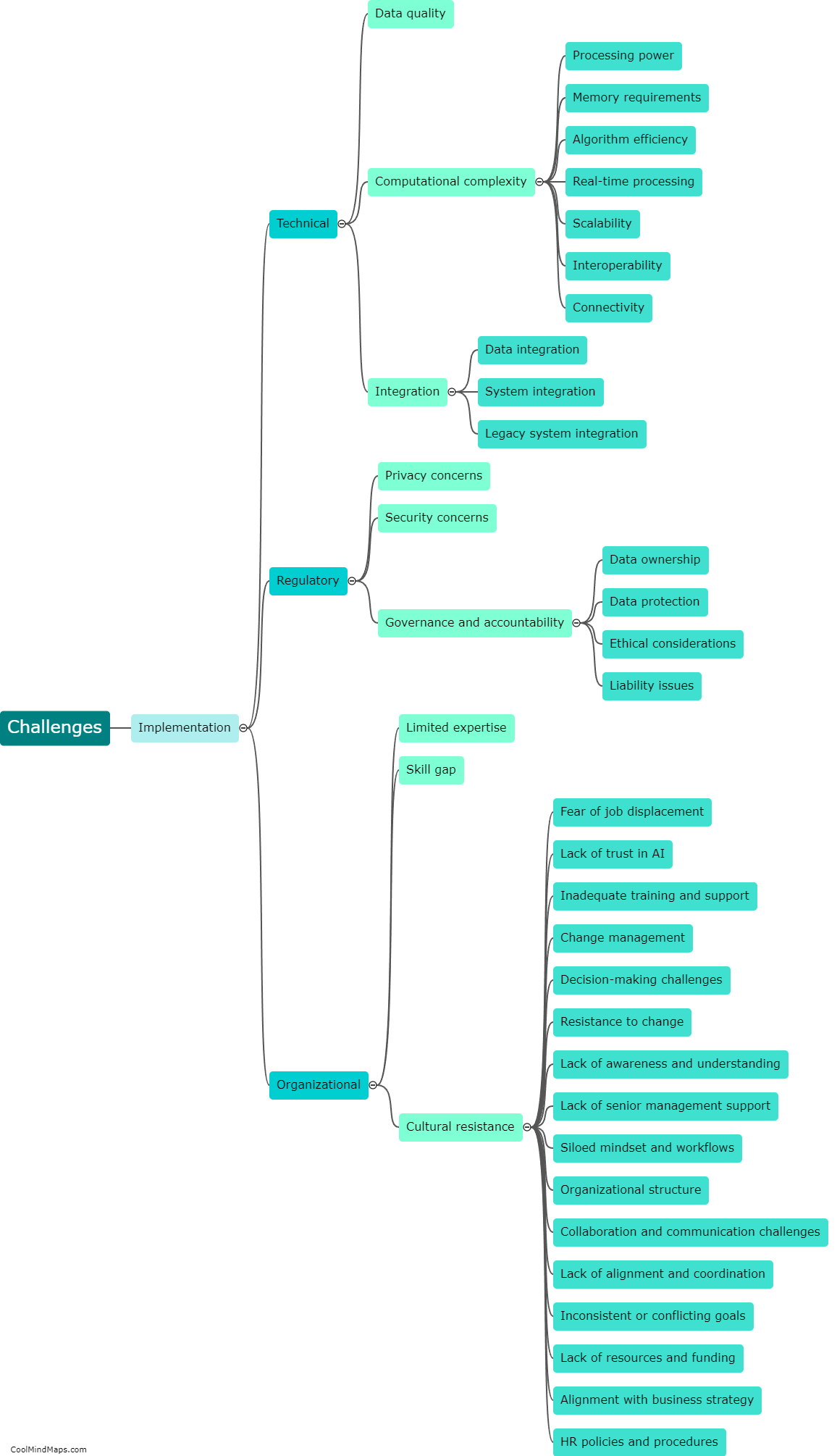What is a digital twin in multi-vector energy systems?
A digital twin is a digital representation of a physical asset, process, or system. In the context of multi-vector energy systems, a digital twin refers to the virtual replica of the entire energy system, including various energy resources, infrastructure, and their interconnections. It provides a comprehensive visualization and simulation platform that enables monitoring, analysis, and optimization of the energy system's performance. With the integration of advanced technologies such as artificial intelligence, machine learning, and big data analytics, digital twins allow for real-time monitoring, predictive maintenance, and efficient operation of the energy system. By creating a digital twin, stakeholders can gain valuable insights, improve decision-making, and maximize the overall efficiency and sustainability of the multi-vector energy system.

This mind map was published on 22 October 2023 and has been viewed 108 times.

